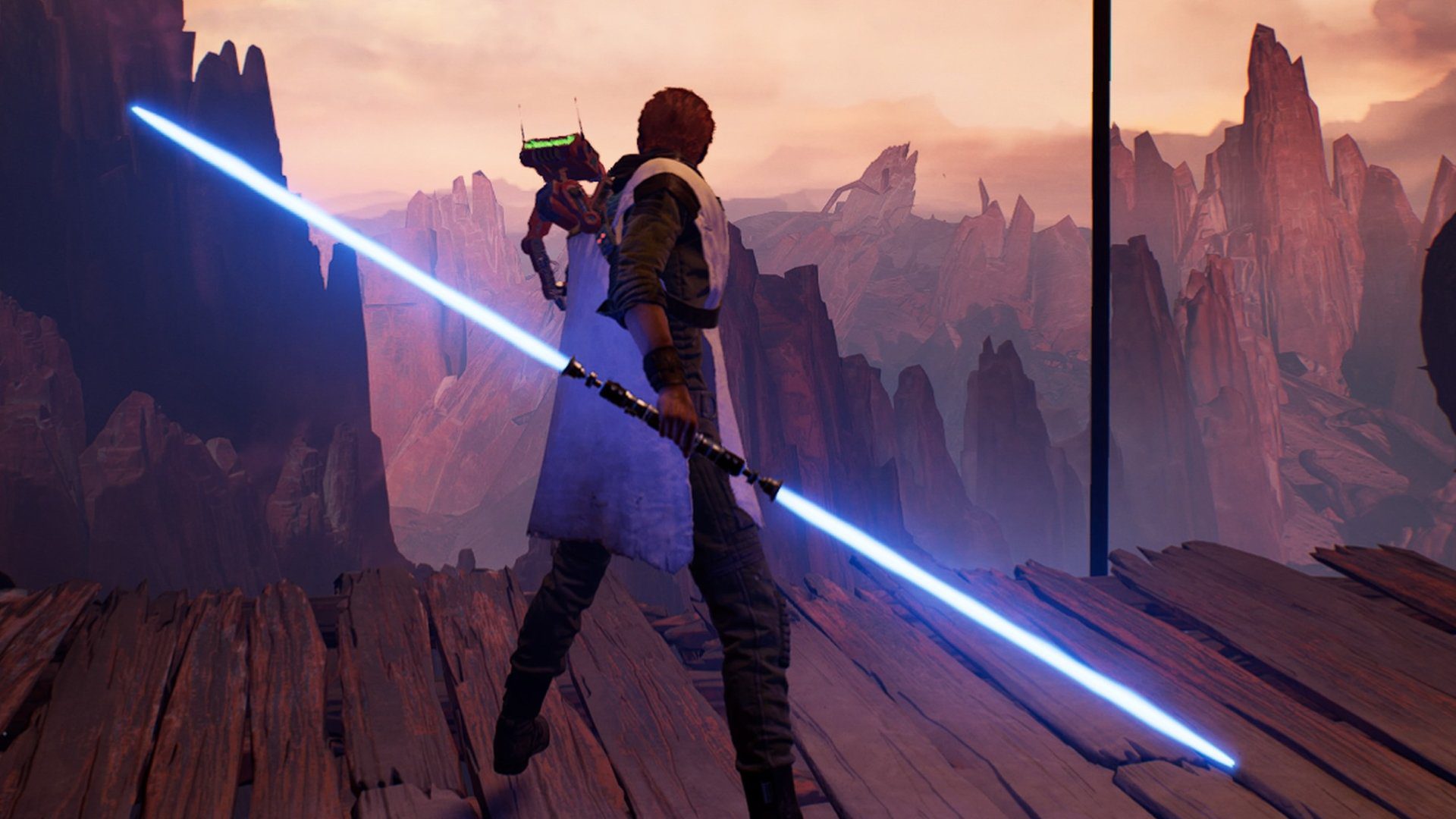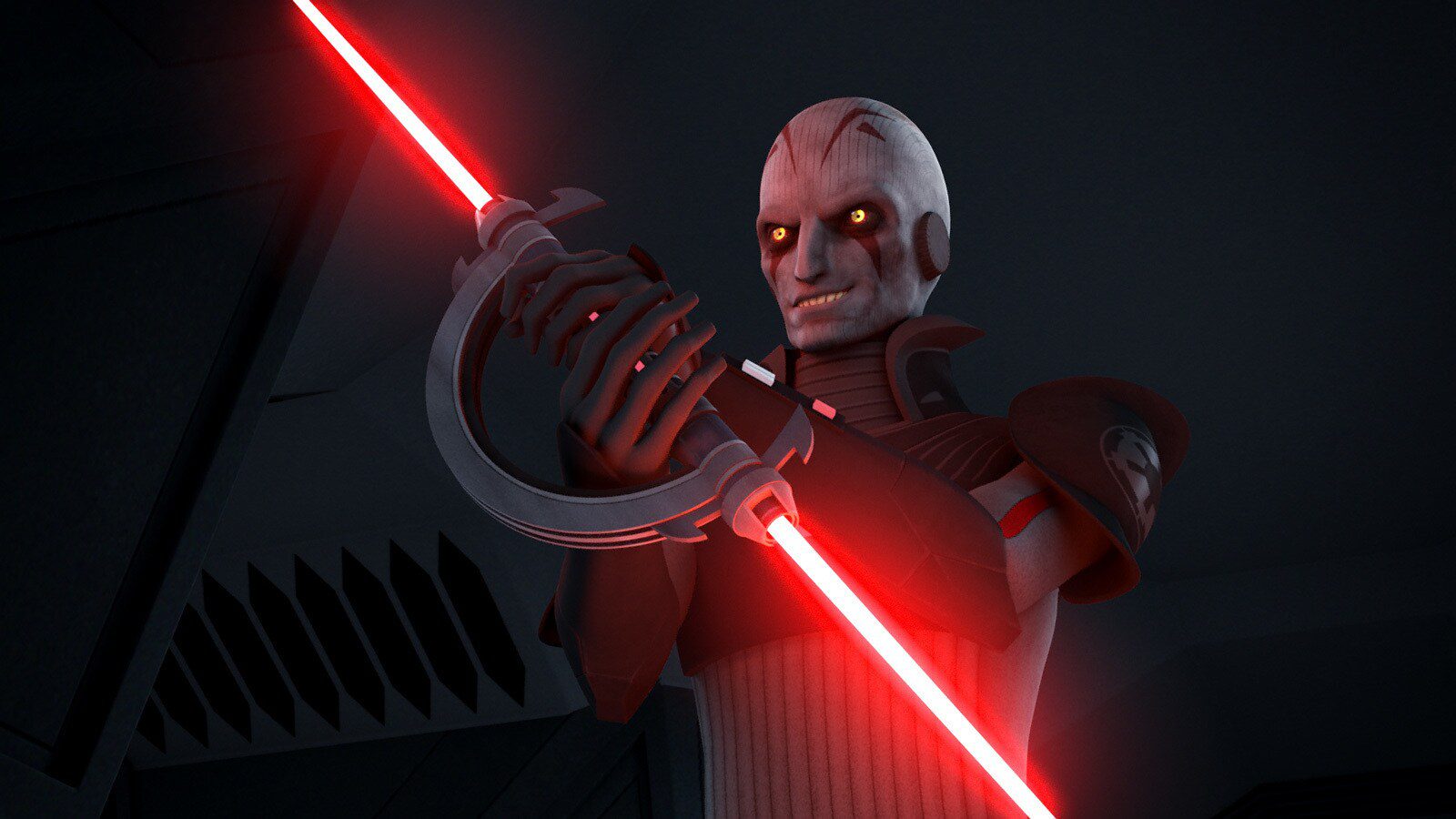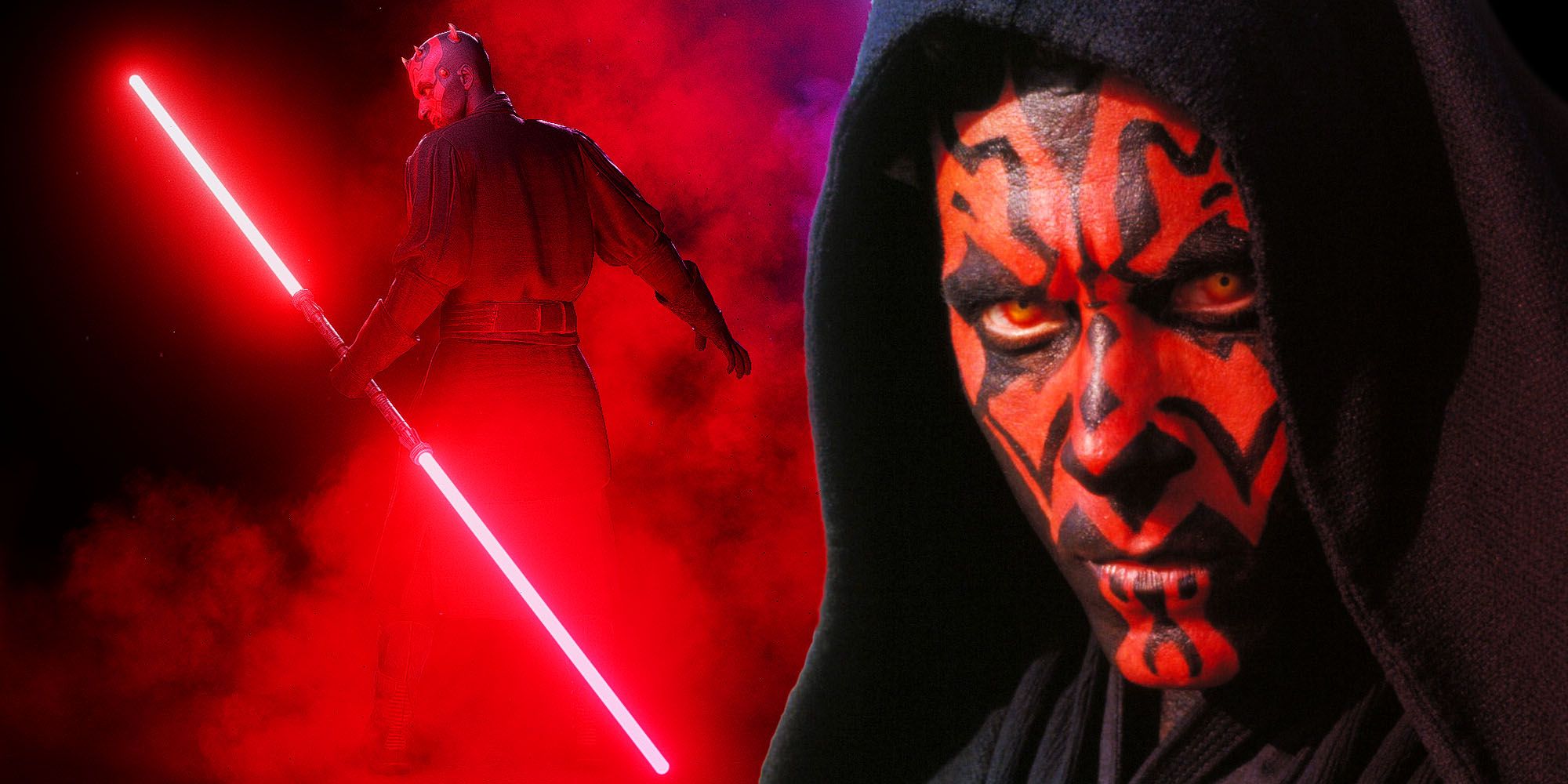How Practical Is a Double-Bladed Lightsaber, Really?
Let’s be honest—when Darth Maul lit up both ends of his saber in The Phantom Menace, the entire theater gasped. The double-bladed lightsaber instantly became an icon of raw intimidation. But here’s the real question: beyond the flair and fanfare, how practical is this weapon in a fight?

The Origins of the Double-Bladed Lightsaber
The double-bladed lightsaber—also known as a saberstaff—wasn’t just a one-off gimmick for a cool villain reveal. It has roots in ancient Sith design, made for aggressive, offensive fighting styles. Sith Lords like Exar Kun pioneered its use, valuing unpredictability and sheer offensive momentum over the elegance of traditional Jedi forms.
But practical? That’s where the fantasy starts to crack.
The Tradeoff: Flash vs. Function
Sure, a double-bladed lightsaber gives you twice the striking surface. It allows for wide arcs, spinning maneuvers, and multi-angle attacks that overwhelm unprepared opponents. But with that comes massive risk. In close quarters? It’s a liability. You have to be absurdly careful not to bisect yourself mid-spin. And unlike a regular saber, you can’t just adjust your grip mid-fight—there’s a blade at both ends.
In short: it’s a glass cannon. Devastating when used right, but one wrong move and you’re toast.

Training Required? Insane.
Let’s not kid ourselves. The precision needed to wield a double-bladed lightsaber without losing a limb is elite-tier. We’re talking years of training, superhuman reflexes, and probably some light Force-enhancement just to avoid decapitating your allies. It’s the kind of weapon where the margin for error is microscopic—and that’s assuming you’re already a combat prodigy.
That’s why Jedi rarely used it. The Order valued defense, restraint, and control—none of which this weapon naturally promotes.
Situational Power, Not Versatile Utility
Darth Maul made it work because he was the ultimate shock trooper: fast, aggressive, and terrifying. His saberstaff wasn’t meant for long duels—it was a blitzkrieg tool. And it almost worked. But once Obi-Wan calmed down, adapted, and isolated Maul, it was over. A single misstep (cutting the hilt in half) neutralized the entire advantage.
So is a double-bladed lightsaber cool? Absolutely. But “cool” isn’t the same as “practical.”

Modern Takes and Star Wars Canon
Later canon has shown Jedi and Sith experimenting with saberstaffs in more modular ways—like switching one end off for control, or using it as a two-part saber. Even Maul himself evolved, eventually wielding a split version of his iconic weapon. It seems even in-universe, fighters realized its practicality had limits.
Verdict: Spectacle First, Function Second
A double-bladed lightsaber is the embodiment of Star Wars at its most cinematic—flashy, theatrical, and designed to dominate the big screen. But in a real duel? It’s more about intimidation than practicality. Great for terrifying Padawans and putting on a show. Not so great if you’re trying to survive a drawn-out battle.